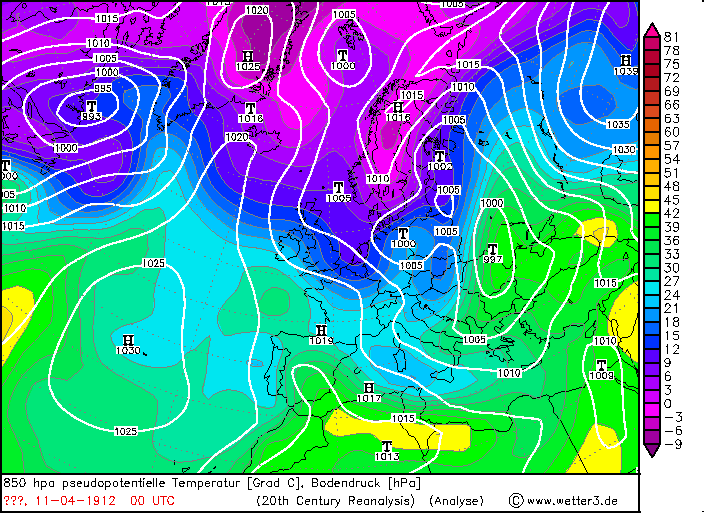Advertisement
If you have a new account but are having problems posting or verifying your account, please email us on hello@boards.ie for help. Thanks :)
Hello all! Please ensure that you are posting a new thread or question in the appropriate forum. The Feedback forum is overwhelmed with questions that are having to be moved elsewhere. If you need help to verify your account contact hello@boards.ie
Titanic Anniversay: Weather on this day 100 years ago (11th April 1912)
Options
-
11-04-2012 1:18pm#1
Comments
-
-
-
-
-
-
Advertisement
-
-
-
Advertisement









 https://www.youtube.com/watch?v=rs9w5bgtJC8
https://www.youtube.com/watch?v=rs9w5bgtJC8